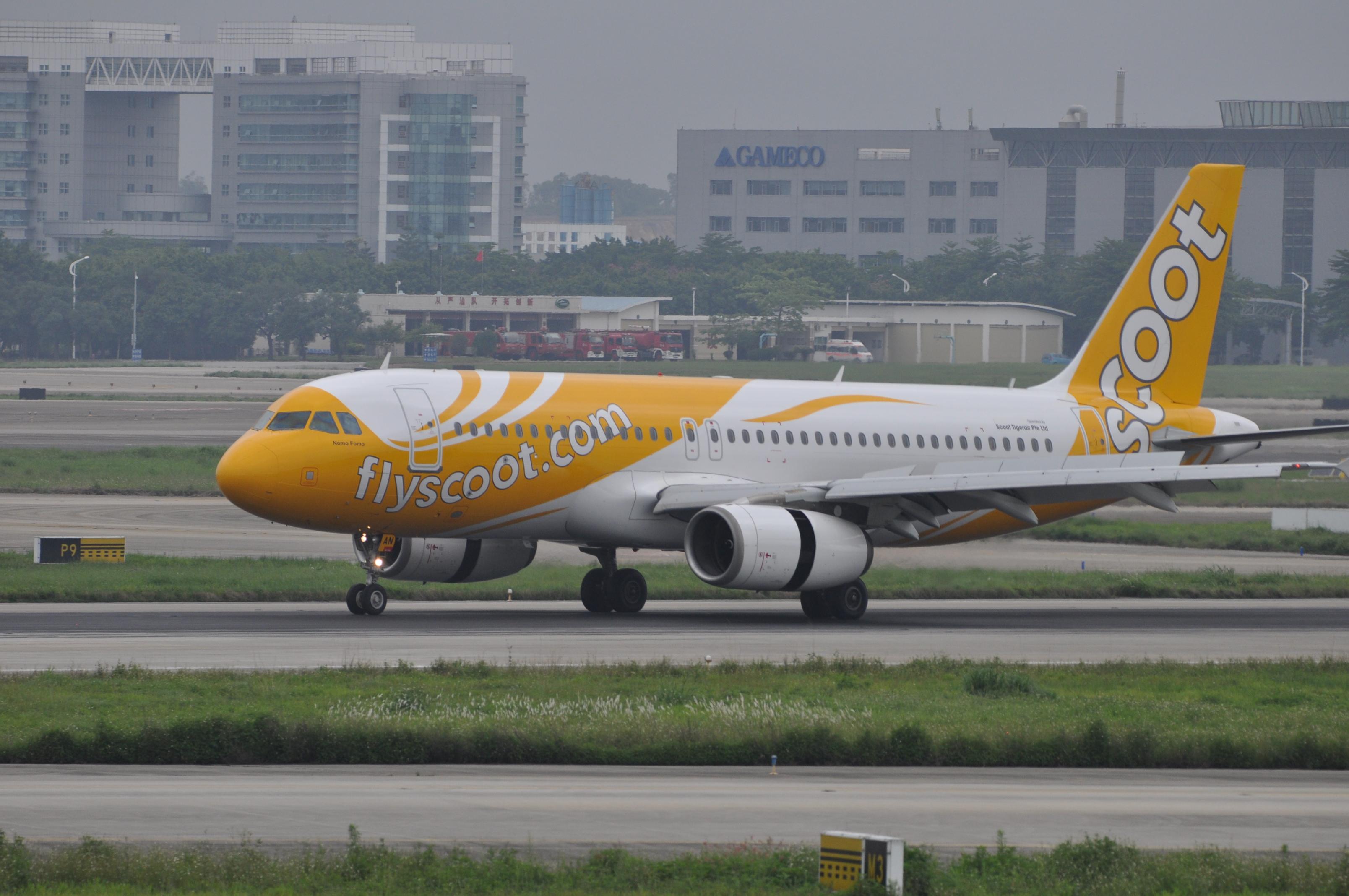
While Singapore has been a leader in reopening its borders to some international travel, most other Asia-Pacific nations are moving much more slowly, Scoot CEO Campbell Wilson said.
The Singapore government has proven to be one of the most proactive in terms of easing entry and quarantine requirements for certain markets identified as low risk, Wilson said during the CAPA Australia Pacific Aviation Summit on Sept. 2.
There is no quarantine needed in Singapore for inbound travelers from New Zealand or Brunei, and the quarantine period has been halved for those from six other countries. Travelers must apply in advance and COVID-19 tests are still required, however.
Singapore has also negotiated travel corridors with at least four countries, but these are generally for essential travel only. Unlike the quarantine reductions, the travel corridors are bilateral rather than unilateral.
The Singapore government “clearly gets the necessity” to open borders, Wilson said. This aligns with the country’s desire to be a regional hub for shipping, aviation and finance.
However, there is a “reluctance” from other Asia-Pacific countries to do the same, except for the essential travel corridors in some cases, Wilson said. So this means Singapore does not have reciprocal agreements for its unilateral initiatives to reduce quarantines.
There are also no multilateral agreements in the Asia-Pacific region. Progress in this regard is “frustratingly slow,” Wilson said. “The ingredients are there, [but] we just don’t see a shared appetite yet.”
Whether or not countries take a more progressive approach is “very much driven by domestic politics,” Wilson said. Factors include how much political capital a government has, economic dependence on trade and tourism, and the degree of isolationist sentiment. The countries that open soonest will be those “where there is an understanding that interconnectedness is a necessity for economic success.”
Proximity, familiarity and economic ties will determine which countries open their borders to each other first, Wilson said. This means “neighbors will open to neighbors” before looking further afield. But they will still need to develop trust in each other’s COVID-19 testing and reporting.
Development of a vaccine will help, but “will not be a silver bullet,” Wilson said. “Rapid, cheap and effective testing is what we’re all waiting for.”
With most borders in the region still essentially closed, there is unlikely to be much improvement in international demand for LCC Scoot in the remainder of this year, Wilson said. This means the big question is “how long into 2021 [it will be] before we see a meaningful recovery.”
LCCs will generally recover “faster and more strongly” than full-service carriers, Wilson predicted. The LCCs tend to be more point-to-point so rely less on hub aggregation than full-service airlines. Other factors in LCC’s favor are that they are more oriented to leisure traffic than corporate; their routes are mainly within the region; and they have lower costs and prices.
However, Scoot also benefits from being part of the Singapore Airlines Group, Wilson added. The group has put a lot of effort into coordination and synergy in recent years, and the portfolio of airlines means the right model can be matched to the right market. For example, some markets can be resumed sooner using an LCC than a full-service carrier.
Wilson noted that many airlines around the world will shrink due to the COVID crisis and some will even disappear. But there could also be opportunistic startups at some point, spurred by cheap aircraft and fuel, and the availability of experienced staff, he said. Startups may not emerge immediately, but “the cycle of creative disruption” will eventually yield new players.





